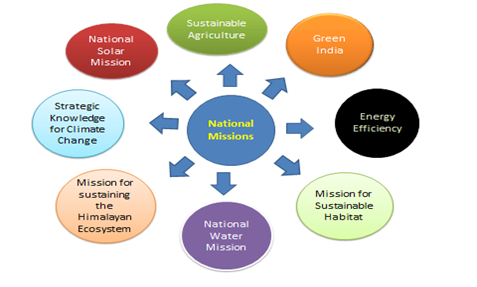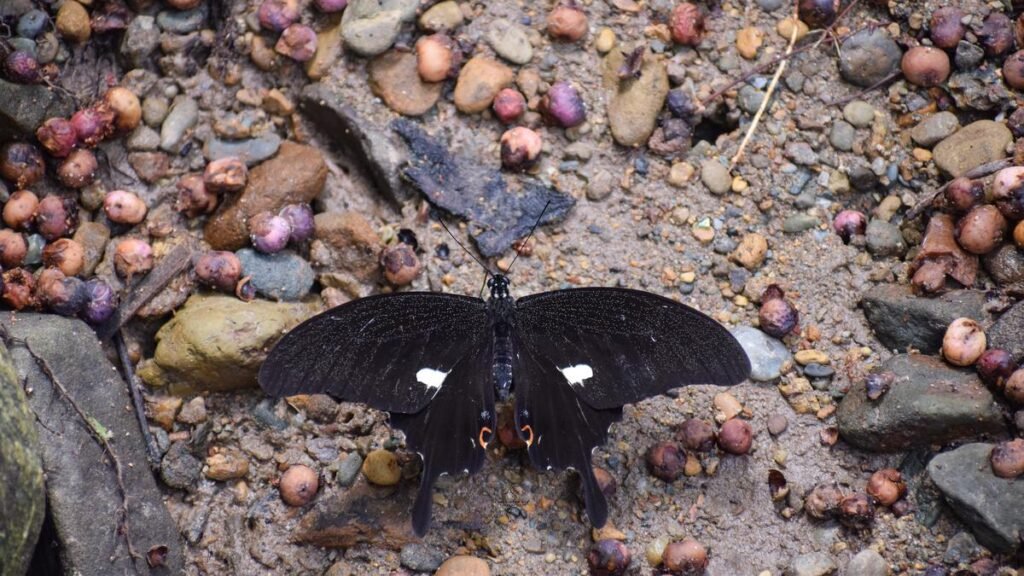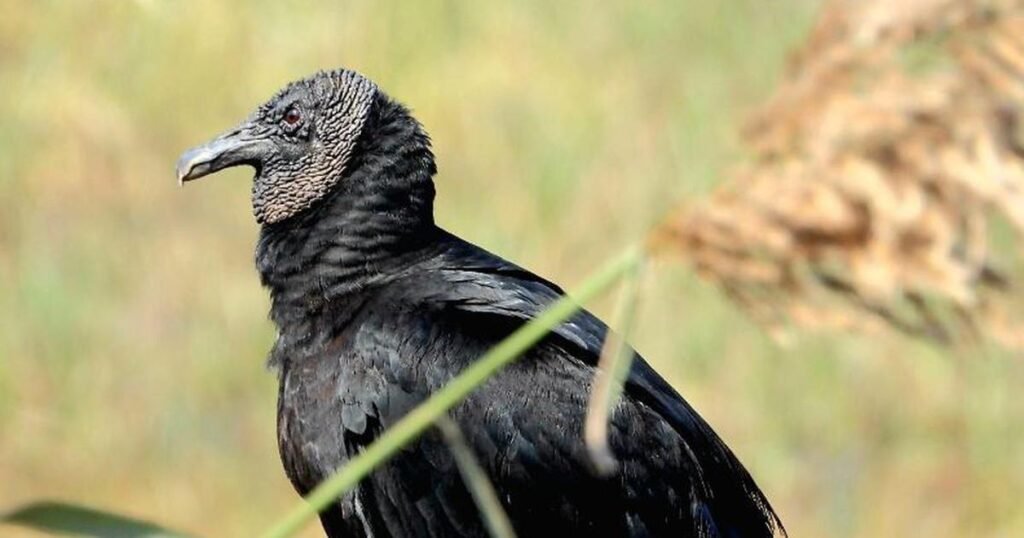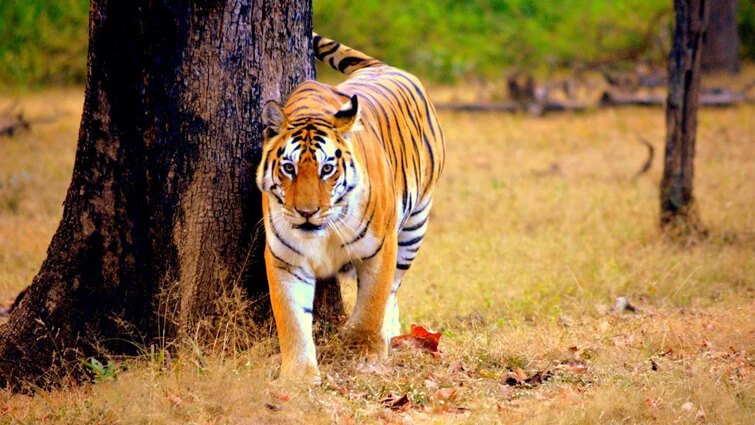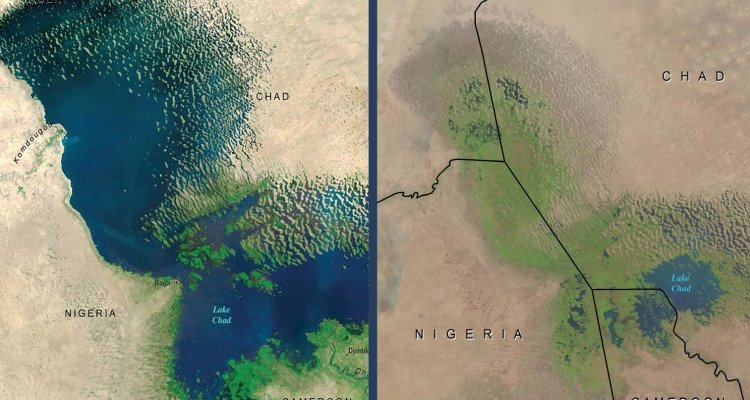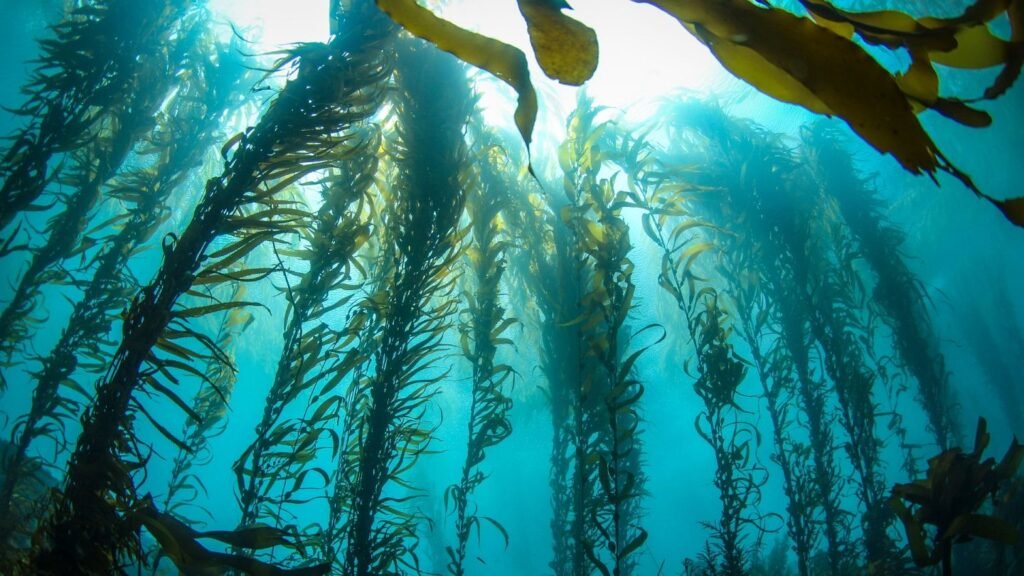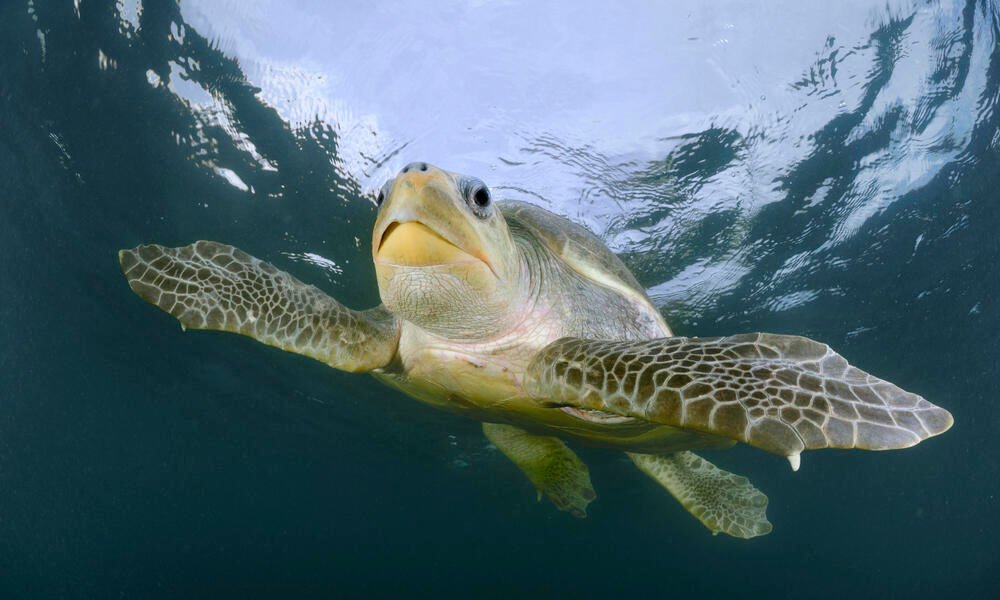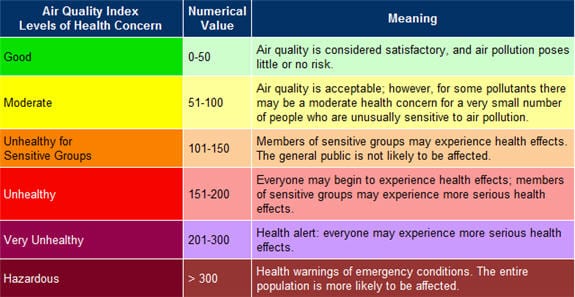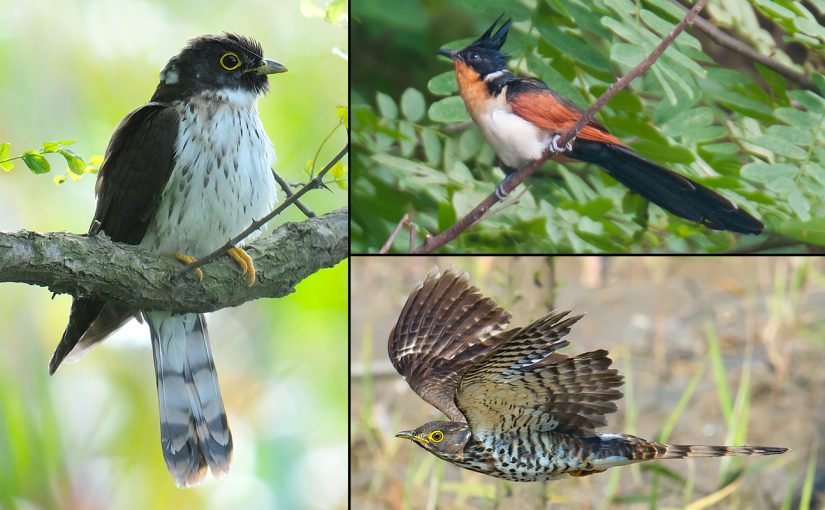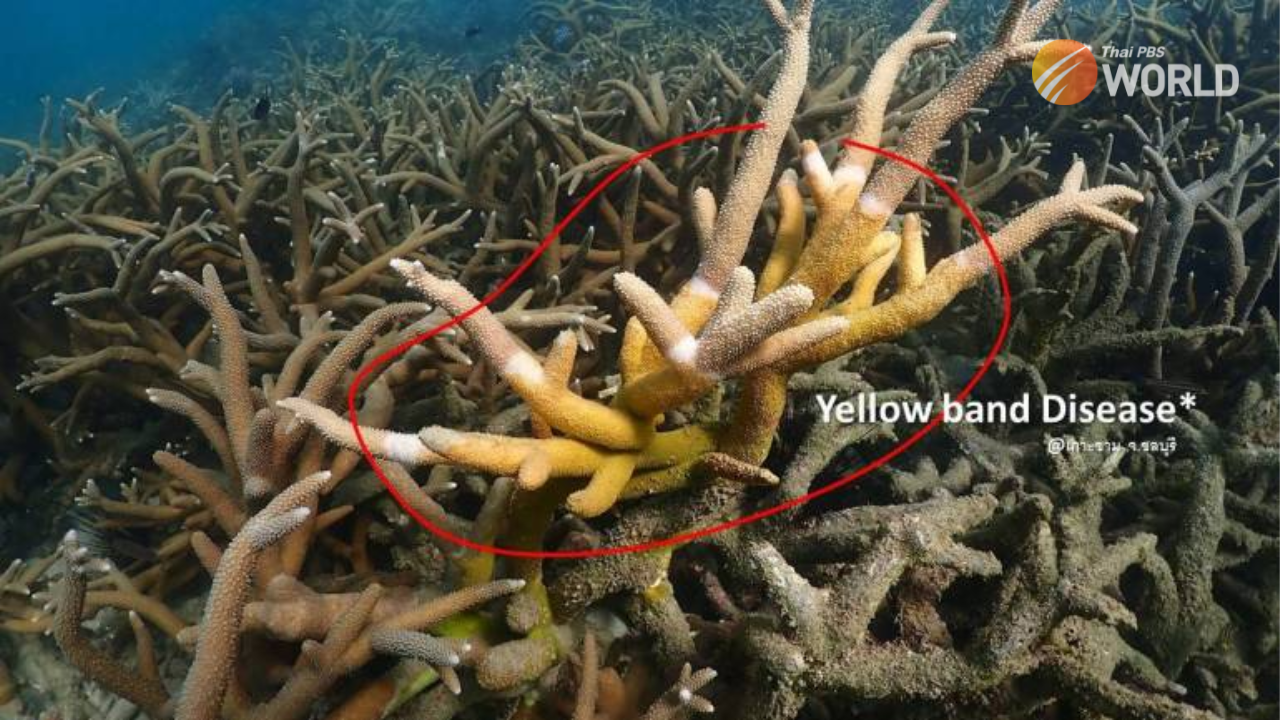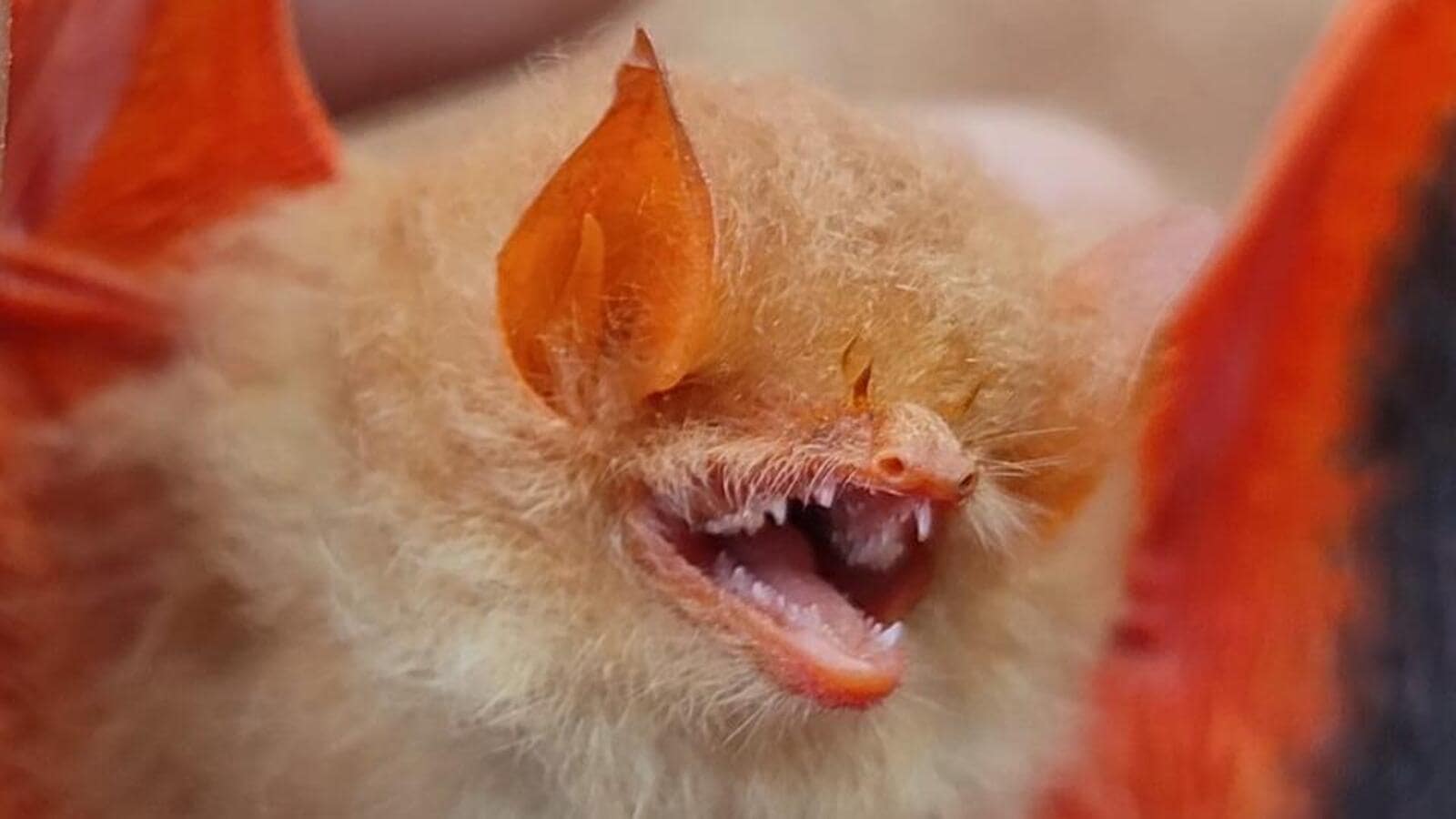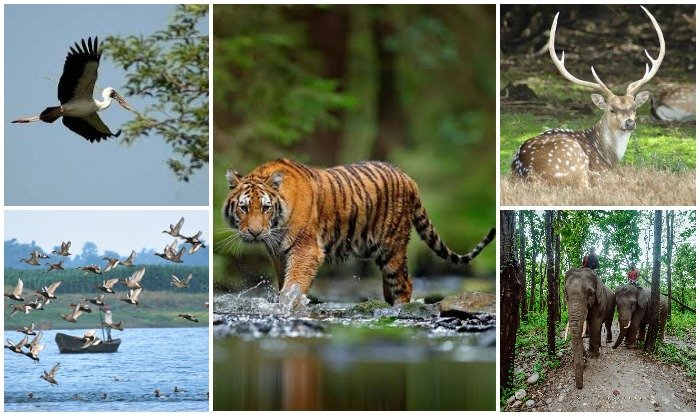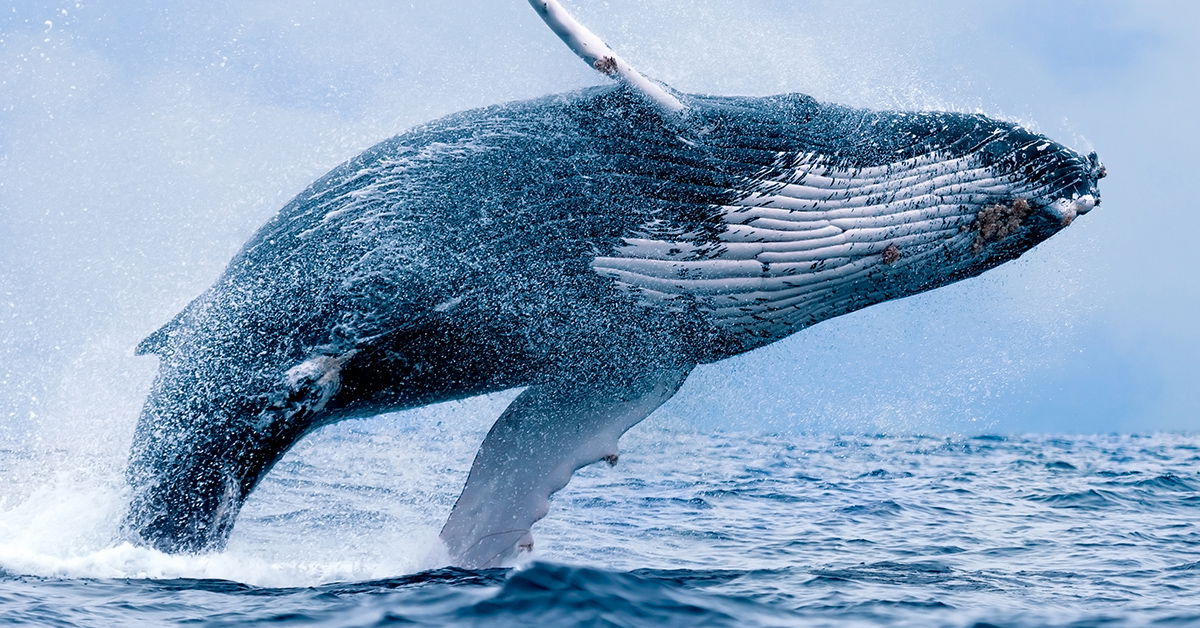States fall short of targets to improve Forest Cover, Quality

Why in News?
- According to the data accessed via the RTI, against the target of increasing tree cover by around 53,000 hectares (between 2015-16 and 2021-22) under the Green India Mission (GIM), only around 26,000 ha has been achieved.
- Similarly, forest quality improved in only 1.02 lakh ha against target of 1.6 lakh ha under the GIM, which is one of the eight Missions under the National Action Plan on Climate Change (NAPCC).
National Action Plan on Climate Change (NAPCC):
- The Central government (MoEF&CC), in 2008, had launched the NAPCC outlining existing and future policies and programs addressing climate mitigation and adaptation.
- Originally, there were 8 core missions under the NAPCC, and later (2022) 3 new missions were added to the list.
- These 11 missions represent multi-pronged, long term and integrated strategies for achieving key goals in climate change.
National Mission for a Green India:
- It is one of the eight Missions under the NAPCC (launched in 2014 for a 10-year period), and which aims at protecting, restoring and enhancing India’s forest cover and responding to Climate Change.
- The target under the Mission is 10 million ha (5 + 5) on forest and non-forest lands for increasing the forest/tree cover and to improve the quality of existing forest.
- It envisages a holistic view of greening that extends beyond tree planting and focusses on multiple ecosystem services such as biodiversity, water, biomass, preserving mangroves, wetlands, critical habitats, etc., along with carbon sequestration.
- GIM also aims at convergence with complementary schemes and programmes for better coordination in developing forests and their fringe areas in a sustainable way.
- A multidisciplinary team, both from Govt. and NGOs, are mandated to facilitate planning and implementation at cluster/landscape unit level.
News Summary:
- India State of the Forest Report 2021:
- As per the Report, forest and tree cover in the country increased by 2,261 square km since the last assessment in 2019.
- India’s total forest and tree cover was 80.9 million hectares, which accounted for 24.62% of the geographical area of the country.
- The report said 17 States and Union Territories had more than 33% of their area under forest cover.
- Madhya Pradesh had the largest forest cover, followed by Arunachal Pradesh, Chhattisgarh, Odisha and Maharashtra.
- The top five States in terms of forest cover as a percentage of their total geographical area were Mizoram (84.53%), Arunachal Pradesh (79.33%), Meghalaya (76%), Manipur (74.34%) and Nagaland (73.90%).
- Status of forests in India as per the RTI:
- From 2015-16 to 2021-22, the Central government (based on submissions from 17 States) had approved a target of increasing tree/forest cover by 53,377 hectares and improving the quality of degraded forest by 1,66,656 ha.
- However, the tree/forest cover had increased by 26,287 hectares and forest quality improved in only 1,02,096 hectares as of December 31, 2022.
- For executing these projects, the Central government had allocated Rs 681 crore but only Rs 525 crore had been utilised.
